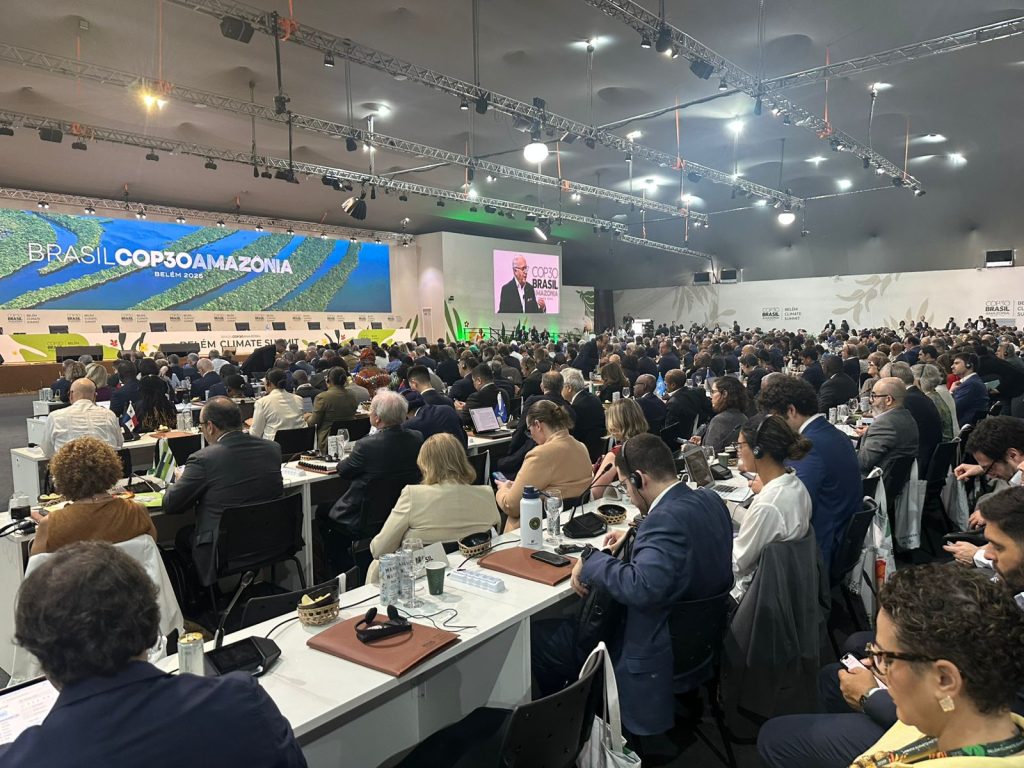Outfoxed by climate change
- Nature Khabar

Global warming is causing spring to arrive early and autumn to come late in many places, and not all species may be adapting quickly enough.
Take the following example cited in a recent New York Times article: Caribou in western Greenland eat lichen along the coast. In the spring and summer, they venture inland to give birth to their calves and eat the plants that grow there. But as Greenland has warmed those inland plants have been emerging earlier, meaning that by the time they get there most of the caribou’s food has gone.
The article, titled 5 Plants and Animals Utterly Confused by Climate Change, highlights this and other examples of climate change-induced timing mismatches affecting different species, and assesses their propensity to adapt.
This is a topic of interest for Valerie Kapos, Head of Climate Change and Biodiversity at the UN Environment World Conservation Monitoring Centre in Cambridge, United Kingdom.
Commenting on a recent symposium at which she gave the keynote address, she said a paper from the US Geological Survey summarizing biodiversity impacts of climate change documented in the United States had attracted her attention. “It included data on phenological [timing] mismatches among species underpinning the New York Times article,” she says.
“For me, the most notable thing about the symposium was the diversity of topics encompassed in `Climate Change and Biodiversity’, something I already knew but which was reinforced.

“The talks ranged from those presenting evidence of the impacts of climate change on specific components of biodiversity to papers on enhancing positive impacts from society’s efforts to address climate change, for example by increasing the biodiversity value of land housing solar energy installations,” she added.
Overarching messages from the symposium included:
- Climate change is already affecting biodiversity, through direct impacts of changing temperature and rainfall regimes on species and their interactions
- Societal responses to climate change, including action for mitigation (reducing emissions from deforestation and forest degradation in developing countries, REDD+, renewable energy) and adaptation, as well as socioeconomic changes/stresses (altered livelihoods, migration, conflict), also have significant impacts on biodiversity
- There is growing knowledge on these impacts and some good examples of ways that adaptation and mitigation actions can be tailored to help deliver biodiversity as well as society benefits
- Even if the goals of the Paris climate agreement are met, there will be substantial impacts of climate change on biodiversity so effective mitigation action is essential.
- The Paris Agreement’s central aim is to keep a global temperature rise this century well below 2 degrees Celsius above pre-industrial levels and to pursue efforts to limit the temperature increase even further to 1.5 degrees Celsius.
“Climate change is real – 17 of the last 18 years have been the hottest since records began in 1880,” says Niklas Hagelberg, a UN Environment biodiversity and climate change expert.
“But we should not despair. Changing mindsets and better collaboration between governments and the private sector to tackle climate change are opening up enormous scope for positive solutions for healthy ecosystems and a healthy planet. UN Environment has been making a major contribution to our understanding of the urgency and best climate change solutions with its Emissions Gap and Adaptation Gap reports.”
Two recent reports highlight the urgent need to ramp up biodiversity conservation in the face of climate change and other pressures:
A report by the Intergovernmental Science-Policy Platform on Biodiversity and Ecosystem Services (IPBES) says biodiversity continues to decline in every region of the world, significantly reducing nature's capacity to contribute to people's well-being.
Another study, by the World Wildlife Fund, the Tyndall Centre for Climate Change at the University of East Anglia in the United Kingdom, and James Cook University, Australia, Wildlife in a Warming World concludes that we will need stronger climate mitigation efforts if we are to avoid severe loss of biodiversity.
UN ENVIRONMENT




Feedback